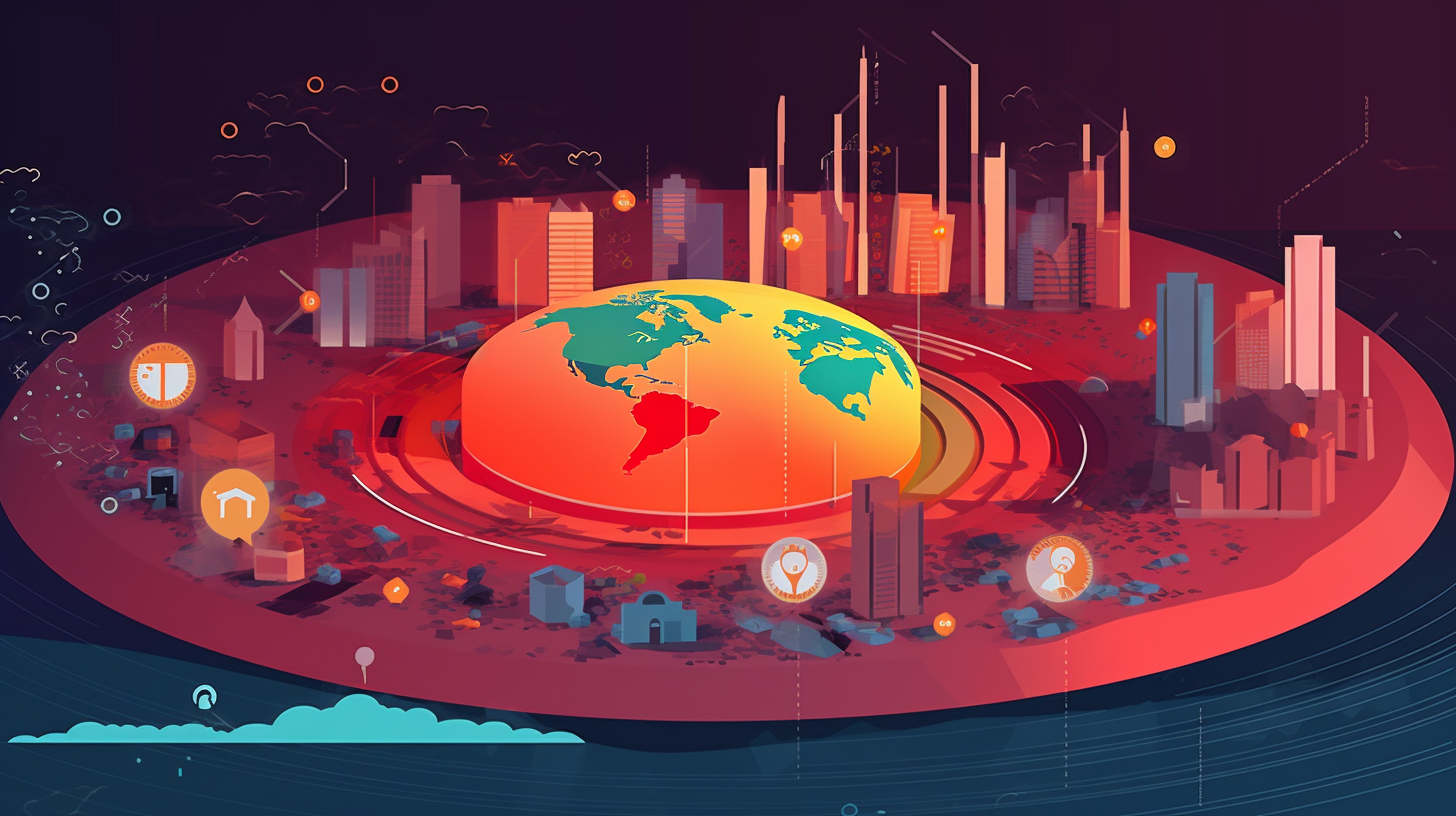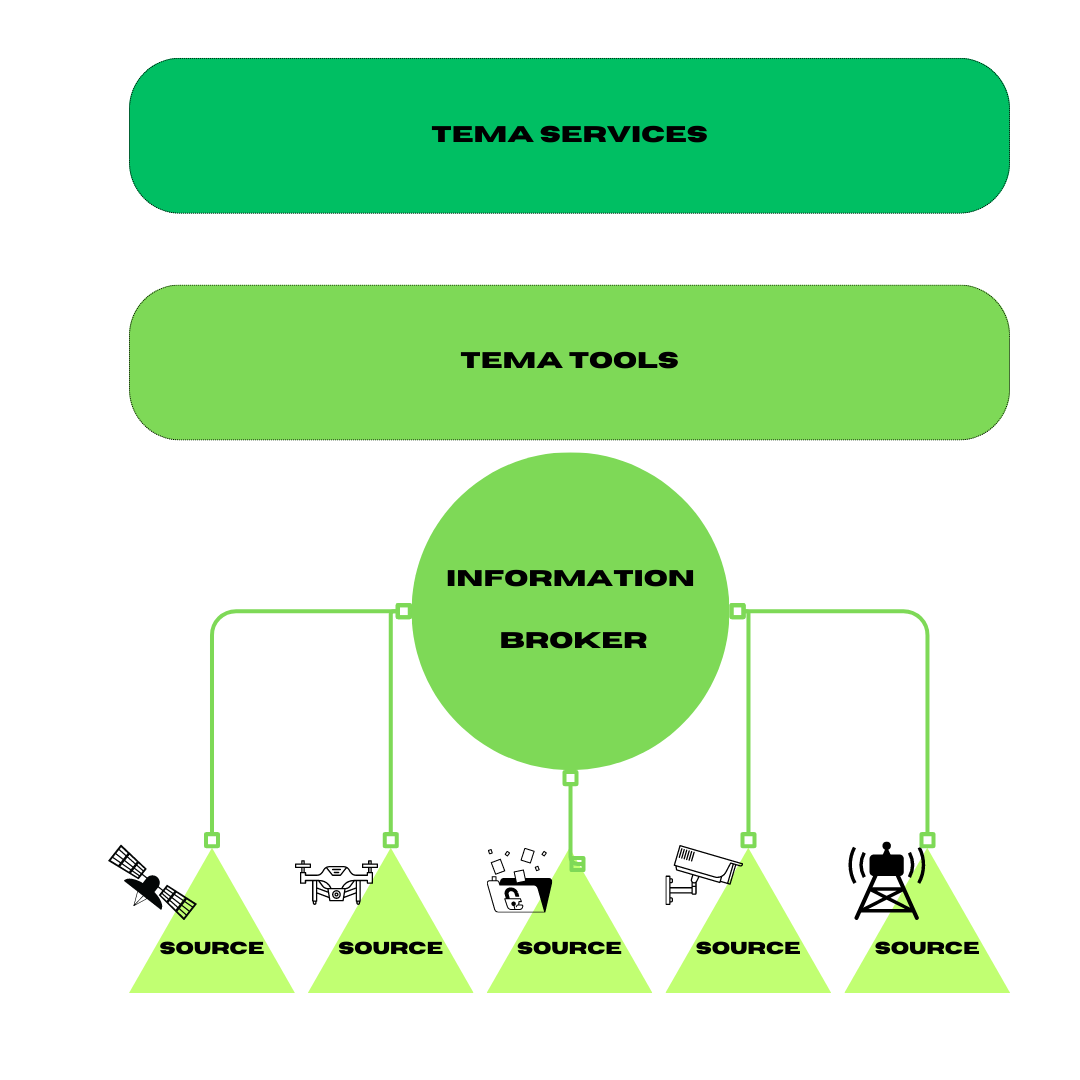Natural Disaster Management (NDM) Analytics as a Service

2 June 2023
Anna Mastrosimone, Researcher at Ingegneria Informatica S.p.A
Francesco Arigliano, Researcher at Ingegneria Informatica S.p.A
Antonio Filograna, Senior Researcher & Project Manager at Ingegneria Informatica S.p.A
Disaster management is a complex challenge and requires the coordination of many resources and skills. Digital technologies can contribute in various ways to improve the effectiveness of management activities and can play an increasingly important role in Natural Disaster Management (NDM). The challenge of TEMA project is to integrate different data sources, different technologies (in particular AI algorithms and Big Data analysis) and different way of visualisation to offer a new way to intend the management of a natural disaster as NDM Analytics as a Service (NDM-AaaS).
TEMA will be an AI-enabled NDM platform which will be validated and demonstrated in two socially important cases: forest fires and floods, in four locations spread all over Europe (Germany, Finland, Italy and Greece). TEMA aims to provide accurate 3D mapping and prediction of NDM events for an extended period while taking into account all potential uncertainties, including meteorological factors. The use of TEMA tools will allow for the precise modelling and replication of real-world NDM events while adhering to quality standards and assessment criteria for simulated NDM data. The advanced AR-enabled visualization of TEMA will enable human operators to understand complex NDM phenomena conveniently and evaluate alternative response strategies by choosing platform parameters wisely and utilizing novel methods to combine heterogeneous (visual and non-visual) data and AR. Additionally, TEMA will offer a scalable and efficient NDM-Analytics-as-a-Service and make advanced analytics tools available over the cloud-edge-continuum.
User requirements & storytelling
In order to fully comprehend how TEMA solution can effectively address the challenges associated with Natural Disaster Management, a dialogue and a close collaboration was established with various stakeholders involved in the project in the relevant regions. This collaborative effort incorporates a participatory approach to system design, involving not only technical partners but also end users in requirements analysis and system architecture design. This approach ensures that all TEMA system interfaces are user-friendly and accessible to human operators, providing an efficient NDM-Analytics-as-a-Service.
To achieve this, a set of participatory tools such as workshops, questionnaires, and storytelling templates have been employed to identify existing gaps. Through these activities, we have been able to map out the specific needs of each pilot and align them with the technologies offered by each partner. Building upon the data collected in this initial phase, Use Case Scenarios will be defined, representing what each pilot wants/desires to fulfill their needs by utilizing the TEMA solution.
For each Use Case, Technical Requirements will be identified and categorized into functional and non-functional requirements. Functional requirements entail lists of features or services that the system must provide. They also describe the system's behavior in response to specific inputs and how it should react in certain situations. On the other hand, non-functional requirements are closely tied to user needs, organizational policies, adopted standards, and the necessary mode of interaction between the system and other components.
The ultimate goal is to provide a user-friendly solution that facilitates natural disaster management by competent authorities at various levels, facilitating the identification of appropriate strategies and minimizing the temporal gap in response times to such phenomena. By incorporating feedback and input from stakeholders, including end users, we can ensure that the TEMA solution aligns with the specific requirements and expectations of those directly involved in managing and responding to natural disasters. Indeed, TEMA solution will be able to address many of the needs emerged during the dialogue with the pilots, such as the ability to share data and information during the event, map the conditions of the area during and after the ND event, overcome the scarcity of available information regarding the accessibility of the affected areas, and provide accurate information about atmospheric conditions and the floods and fires propagation.
By engaging in a participatory approach and utilizing various tools for requirements analysis, we can obtain a comprehensive understanding of the challenges to face in ND management. This collaborative effort not only allows us to tailor the TEMA solution to the specific needs of each pilot but also fosters a sense of ownership and involvement among the stakeholders, developing a robust platform that supports effective decision-making, efficient resource allocation, and timely response in the face of natural disasters.
TEMA Open Architecture
TEMA's architecture aims to integrate heterogeneous sources of static and real-time information generated in the field during the management of a natural disaster and to leverage digital technologies and in particular AI algorithms to provide valuable support in prevention, mitigation, response and recovery from catastrophic events. Structured and audiovisual data from heterogeneous sources such as on-site surveillance cameras, satellite footage or live video captured by drones will be organized and made available to algorithms and tools that will support decision-makers and operators during NDM.

The Information Broker has the role of integrating information sources and triggering applications when there are events or changes in the data through its publishing and subscription capabilities.
TEMA Tools are mainly based on AI algorithms, they can play a key role in data collection and analysis. Through the use of sensors, smart devices and monitoring networks, we can collect real-time information on environmental conditions, such as earthquakes, floods, fires and other disasters. This data can be processed quickly and provide an accurate overview of the situation, enabling a timely and effective response. AI can be used to improve forecasting and modeling of natural disasters. AI-based models can analyze large amounts of historical and real-time data to identify patterns and trends that lead to certain types of events. This makes it possible to make more accurate predictions about upcoming risks and to take appropriate preventive measures to reduce damage.
TEMA architecture wants to take advantage of edge computing as it is of key importance in artificial intelligence (AI) usage scenarios for several reasons. AI requires huge amounts of data and computing resources to process complex information and train machine learning models. Edge computing allows some of this processing load to be shifted from the cloud to the far end of the network, close to devices and sensors. Edge computing in AI enables significant benefits in terms of reduced latency, privacy, security, scalability, flexibility and cost reduction. It offers the ability to process data in real time, close to the source of data generation, improving performance and enabling new applications that require immediate responses and increased reliability.

